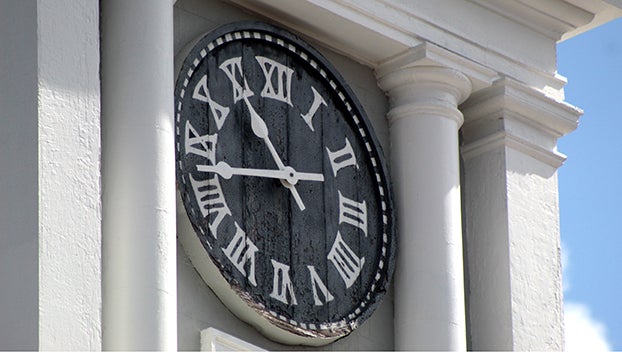Racism sprang from cultural differences
Published 12:20 am Wednesday, August 22, 2018
As a group, they were people said to be “miserable, ignorant, idle, seditious and vicious.” Labeled “nauseous to the beholders” by an Act of Parliament, they were shipped off in chains by the thousands to the tobacco fields of Virginia and to the cane fields of Barbados. There, says Simon Newman of the University of Glasgow, they endured wretched living and working conditions, and were treated “as a disposable labor force whose lives were forfeit.”
Surely, you say, this is a description of Africans forced into enslavement in the Americas between the 16th and the 19th centuries. It could well be, but it isn’t. It is a description of common Englishmen of the early to mid 17th century, as well as equally “nauseating” Scotsmen and Irishmen. Across the British Isles, this was a time of tremendous economic and political upheaval, generating great numbers of prisoners of war, refugee “vagrants,” and convicts to be sent to the Americas as indentured servants, to labor alongside black African slaves.
For this array of workers, the distinction between non-slave and slave was still cultural rather than racial. The Africans were not considered “enslaveable” because they were black but because they were non-Christians. Therefore, if these “outsiders” were baptized as Christians — thereby becoming religious “insiders” — they could sue for their freedom. Color prejudice certainly existed, but as only one among the many biases — religion, language, economic class — on which group loyalties have been formed through our existence as a species. With no legal distinctions between white and black workers as such, racial identity was blurred at best.
As a result, as Edmund Morgan of Yale reports, “it was common for [white] servants and [black] slaves to run away together, steal hogs together, get drunk together,…make love together.” These poor whites and blacks were not instantly and relentlessly hostile. In fact, they were acutely aware of their common plight as exploited workers. And so, Morgan asks, what if “[white] freemen with disappointed hopes should make common cause with [black] slaves of desperate hope…?” In other words, what if they had joined together in a common cause of insurrection?
Thus, the problem faced by Virginia’s governing elite by the late 1600s. And, says Morgan, “the answer to the problem was racism.” The ruling planters set out “to separate dangerous non-slave whites from dangerous slave blacks by a screen of racial contempt…. By a series of acts, the [colonial] assembly deliberately did what it could to foster hatred of whites for blacks….”
The members of Virginia’s House of Burgesses did so by requiring colonists to define themselves and others, first and foremost, in terms of skin color, thereby inventing “whites” and “blacks” as legal identities. That accomplished, they then intentionally pitted the newly minted “races” against each other. The planter elite mandated the seizure and sale of black slaves’ livestock, with the proceeds going to white servants — establishing financial incentives for racial hostility. Loving marriages between whites and blacks were banned, while a white master’s rape of his female slave remained legal —thereby criminalizing interracial affection while legitimizing interracial sexual abuse. As they codified racial identity, they discredited the alternate idea of religious identity by stipulating that Christian baptism did not imply freedom for a slave.
Culture had become irrelevant. Color had become everything. It was another crucial step in the invention and propagation of “race” and racism. All so society’s “elite” could continue to wallow in its privilege. A pattern had been set for all American history.
JIM WIGGINS is a retired Copiah-Lincoln Community College history instructor.






